Advanced Scanning Technology Helps to Preserve the Second Baptist Church of Detroit’s Freedom Legacy
A Collaborative Preservation Effort
In an initiative to preserve this historic site, Rowe Professional Services Company partnered with the Michigan Historic Preservation Network and Quinn Evans Architecture. This collaboration represents a unique blend of technology, expertise, and community support.
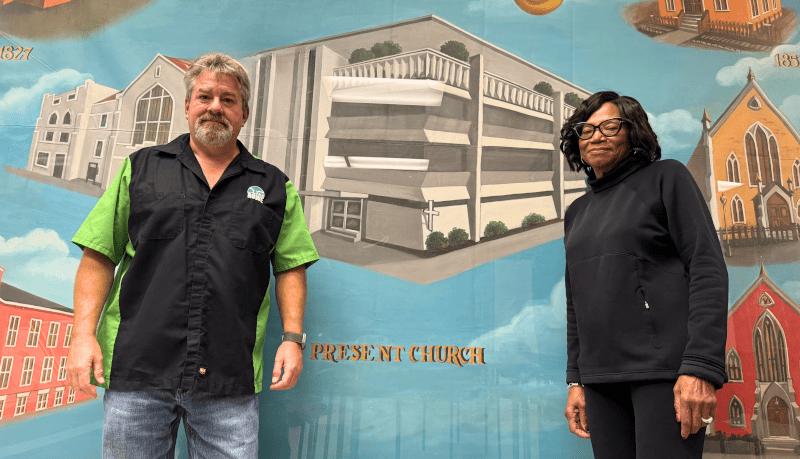
Cutting-Edge Preservation Techniques
Second Baptist Church’s preservation process uses the latest historical documentation technology. Over two days, Rowe’s team conducted extensive laser scanning of the church’s exterior, interior, and roof, using static laser scanning and SLAM (Simultaneous Localization and Mapping) laser scanning.
Advanced Scanning Equipment
For this groundbreaking project, the state-of-the-art laser scanning technology Rowe used includes:
- Z+F IMAGER 5016A (Static Scanning): This high-performance terrestrial 3D laser scanner offers exceptional speed, scanning up to 2.187 million pixels per second. With a range accuracy of ≤ 1mm + 10 ppm/m and the ability to scan up to 365 meters, it captured the church’s complex architectural features with incredible precision. The scanner was used to establish the control point cloud network around the exterior, interior corridors, and stairwells for integrating the SLAM data collected.
- Z+F FlexScan System (SLAM Scanning): This versatile system complemented the IMAGER 5016A, allowing Rowe to capture 90% of the site in a couple of hours on the first day onsite.
The resulting registered 3D point cloud has a global registration accuracy of approximately 0.01 feet in the control point cloud and SLAM registration of 0.02-0.05 feet in the control point cloud network. These are very good results and a great example of using both scanning methods to produce highly accurate point cloud data efficiently.
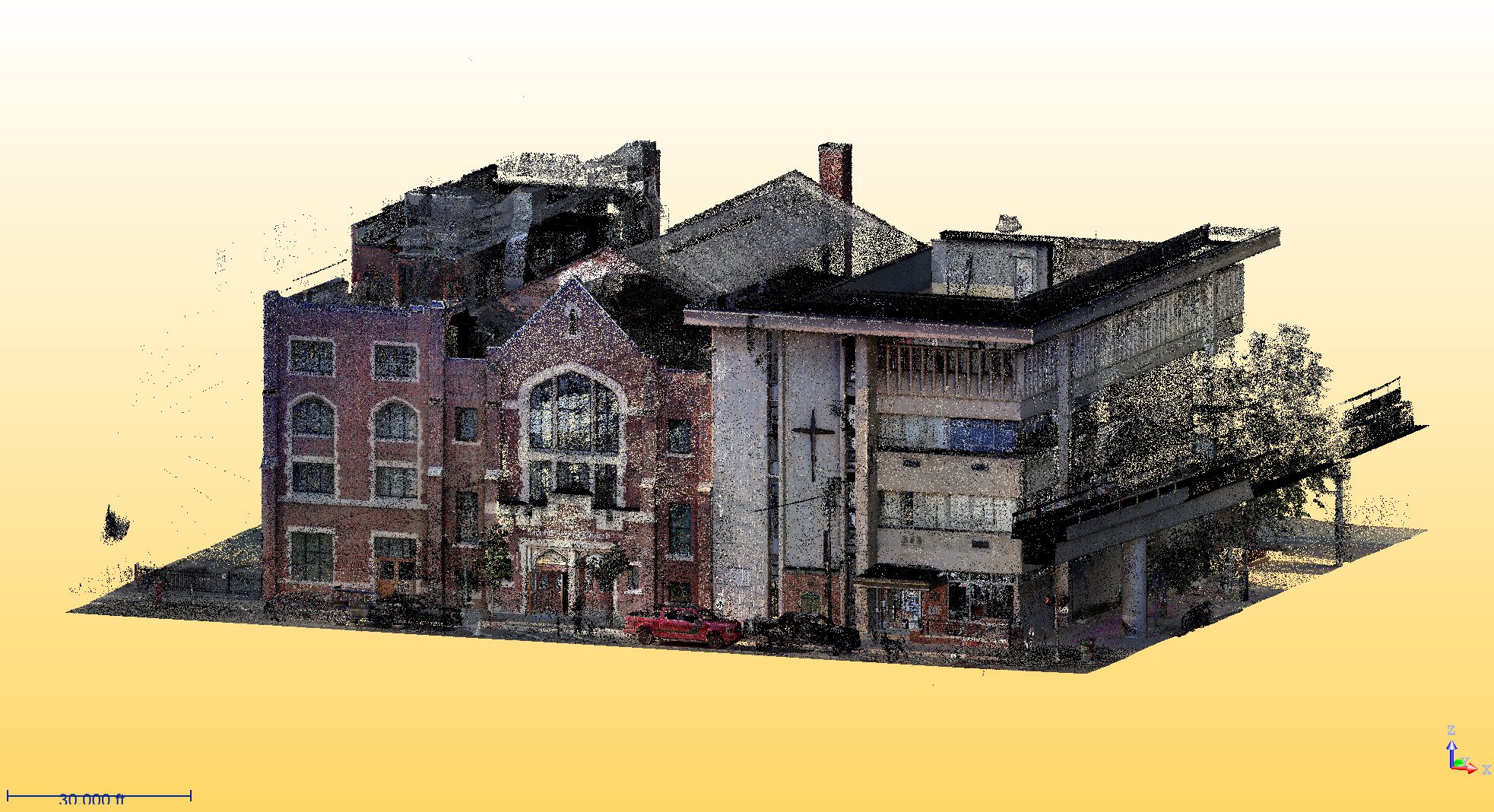
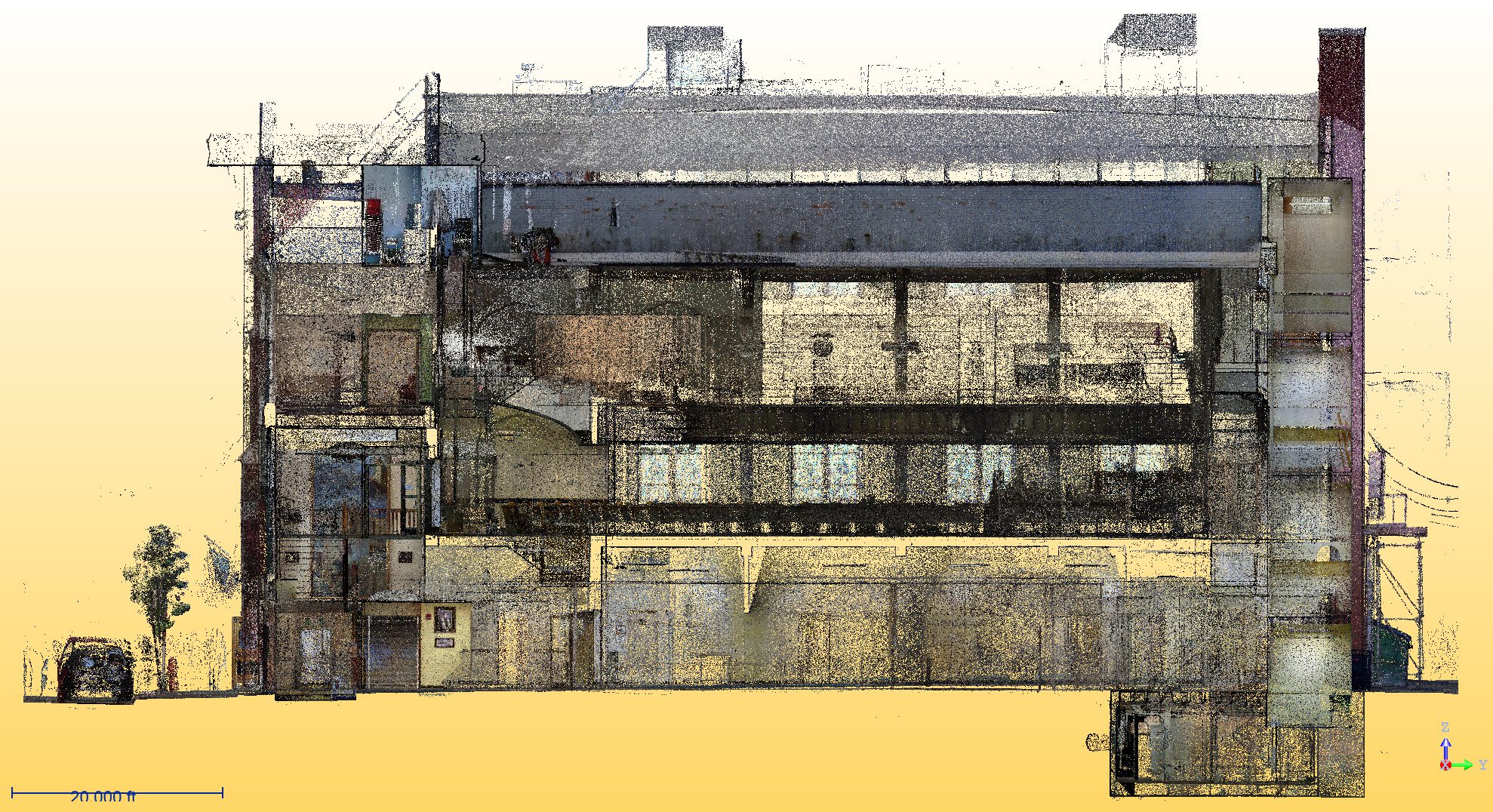
The Importance of Digital Preservation
This digital documentation serves multiple purposes:
- It creates a detailed record of the church’s current state, crucial for ongoing preservation efforts.
- It provides a valuable resource for researchers and historians studying African American history and architecture.
- In the event of any future damage, this digital model could be instrumental in performing accurate restoration work.
Looking to the Future
Standing at the intersection of history and technology, projects like this one highlight the importance of preserving our cultural landmarks. The Second Baptist Church, under the leadership of Reverend Lawrence W. Rodgers, continues to serve its community from 441 Monroe Street. Now, with its historical building digitally preserved, it stands ready to inspire future generations.
This preservation project is more than just a technical achievement; it is a commitment to honoring the legacy of those who fought for freedom and equality. By safeguarding the physical structure of the Second Baptist Church, we ensure that its stories of courage, community, and perseverance will continue to resonate for years to come.
The Selection Process
The Michigan Historic Preservation Network played a crucial role in identifying the Second Baptist Church as an ideal candidate for this preservation project. Their expertise in recognizing historically significant sites in need of documentation and preservation was key in bringing this project to life.
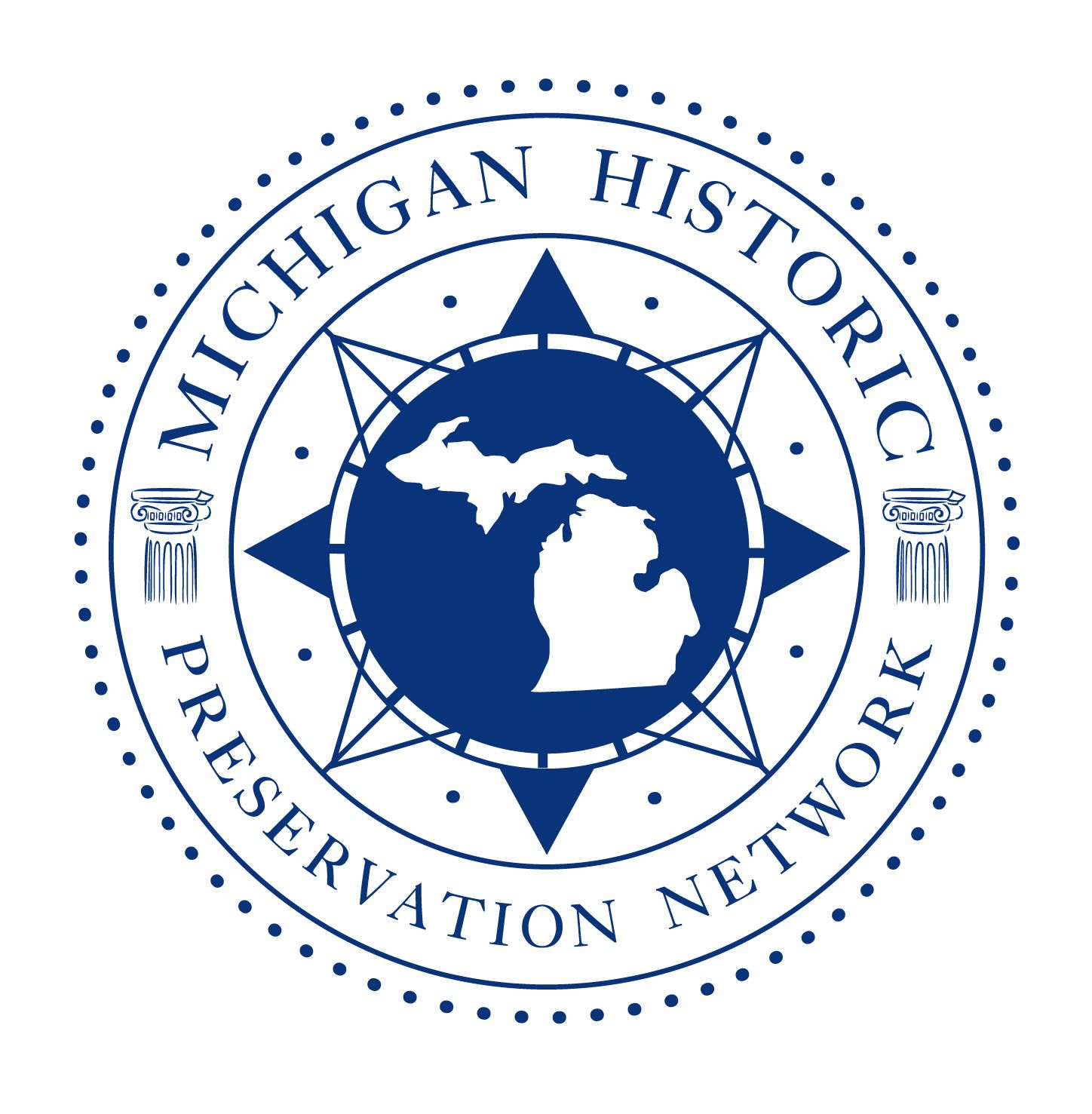
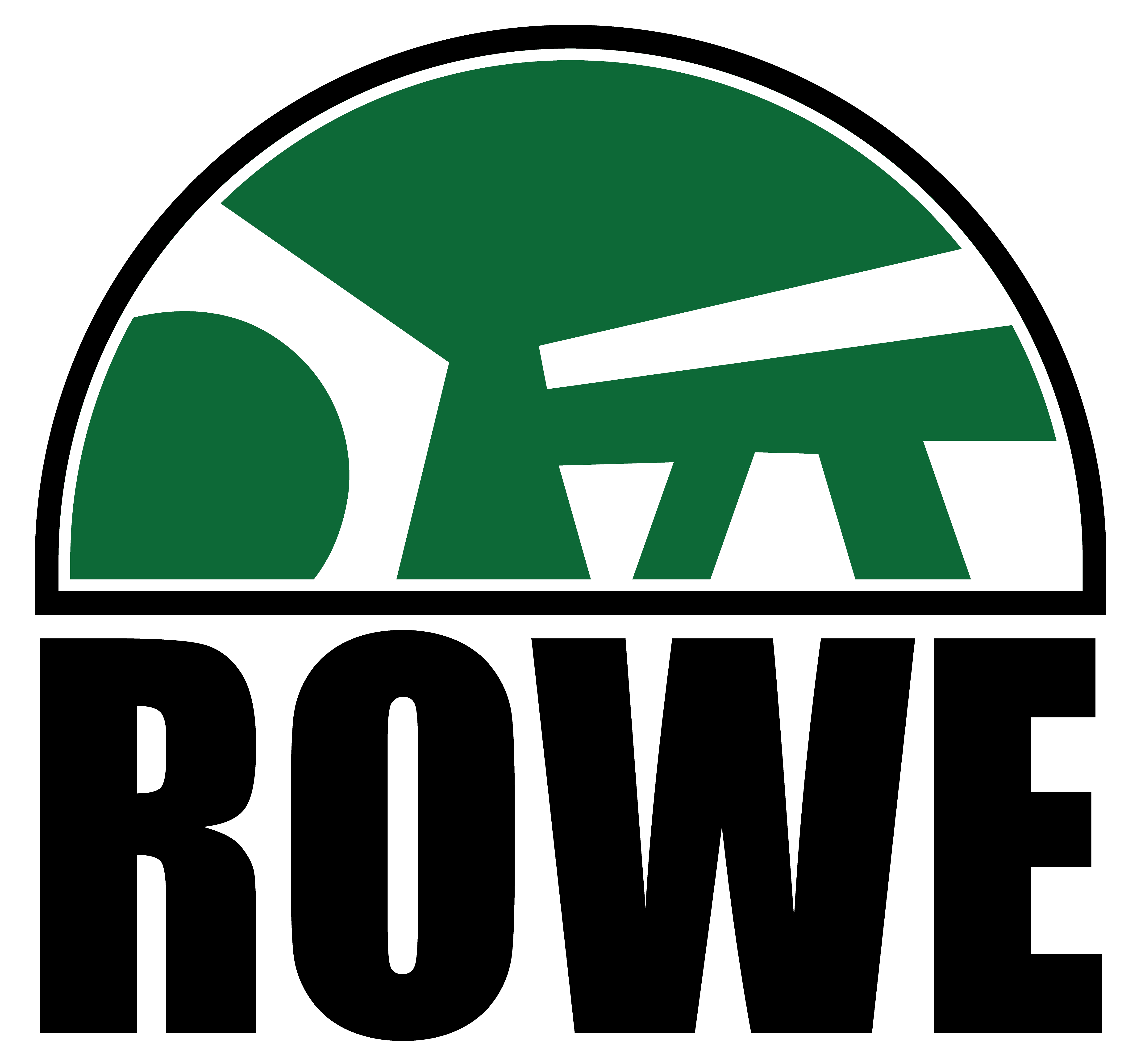
Rowe’s Charitable Contribution
Rowe Professional Services Company generously donated its state-of-the-art 3D laser scanning services to the church. This charitable contribution highlights the importance of corporate involvement in preserving our shared cultural heritage.
Quinn Evans Architecture’s Role
Quinn Evans Architecture, known for its expertise in historic preservation, will use the scanned data to create detailed models and drawings. These resources will be crucial for both current restoration efforts and future preservation work.

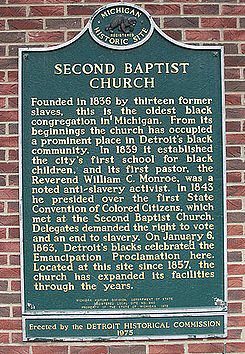
A Legacy of Freedom and Education
Founded in 1836 by 13 former slaves, the Second Baptist Church quickly became more than just a place of worship. From 1836 to 1865, it was a crucial stop on the Underground Railroad, helping about 5,000 people escape to freedom in Canada. The church also established Detroit’s first school for black children in 1839, showing its commitment to empowerment through education.
Architectural Evolution
The Second Baptist Church has occupied several buildings throughout its history, each reflecting the growth and challenges of the congregation:
- In 1836, the congregation initially met in a hall on Fort Street.
- In 1857, they moved into the First German Reformed Zion Church building at 441 Monroe Street, their current location.
- Between 1881 and 1890, this building underwent significant changes, including the addition of a second-floor sanctuary.
- In 1914, the 1857 building was destroyed by fire.
- Rising from the ashes, the current Gothic Revival-style church was built in 1914 on the same site.
The present church, with expansions in 1926 and 1968, spans about 45,000 square feet. It stands as a prime example of Gothic Revival architecture and tells the story of a thriving congregation that has overcome many challenges.
